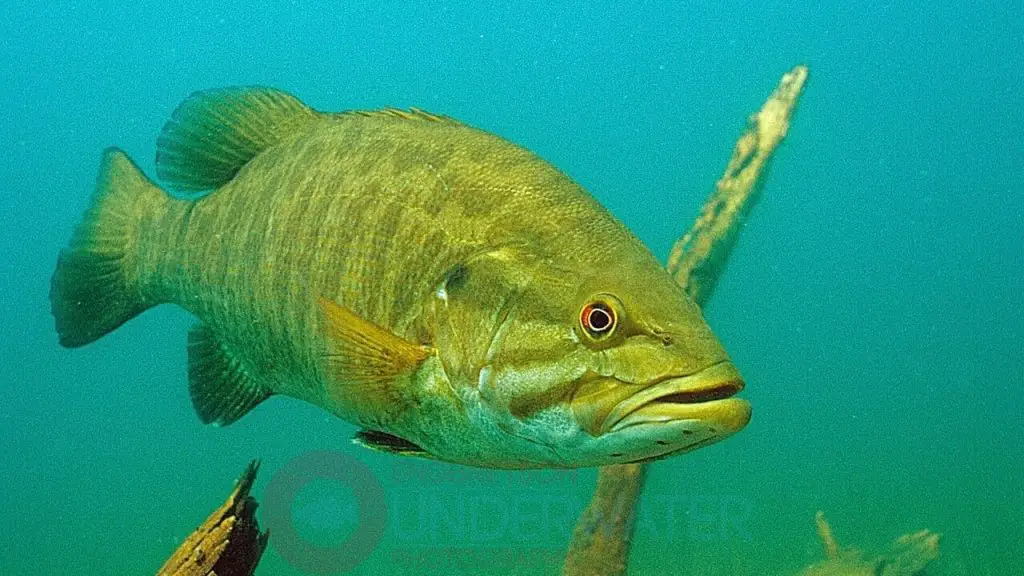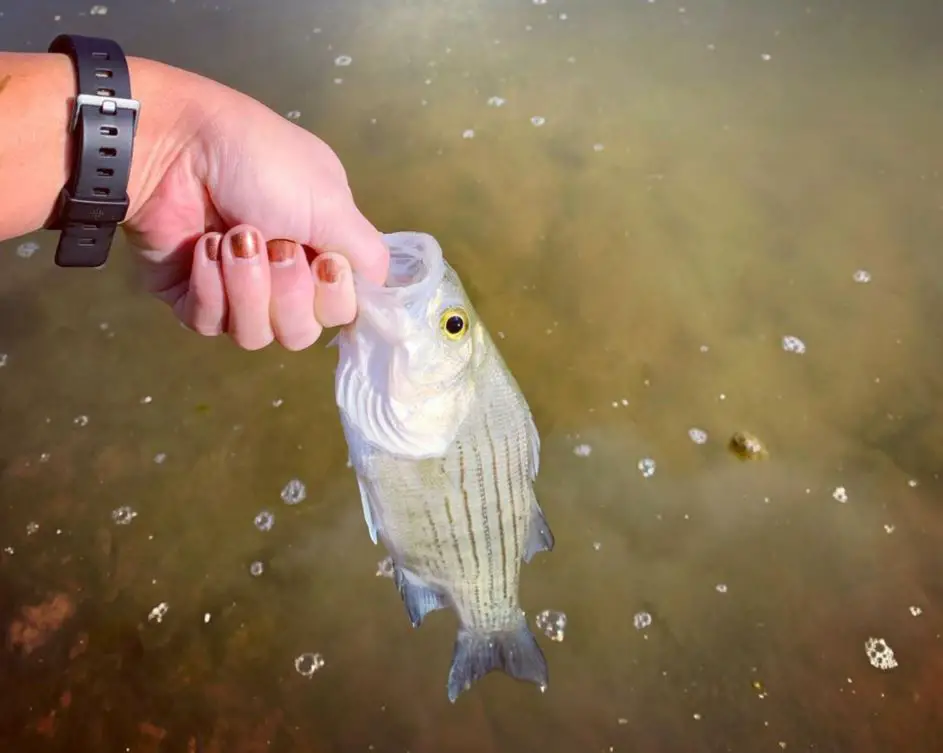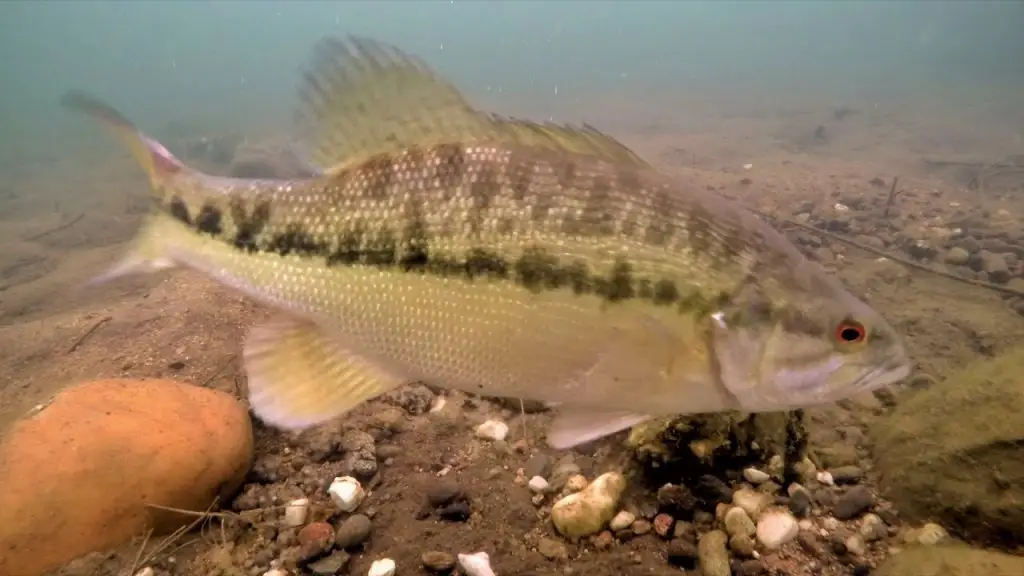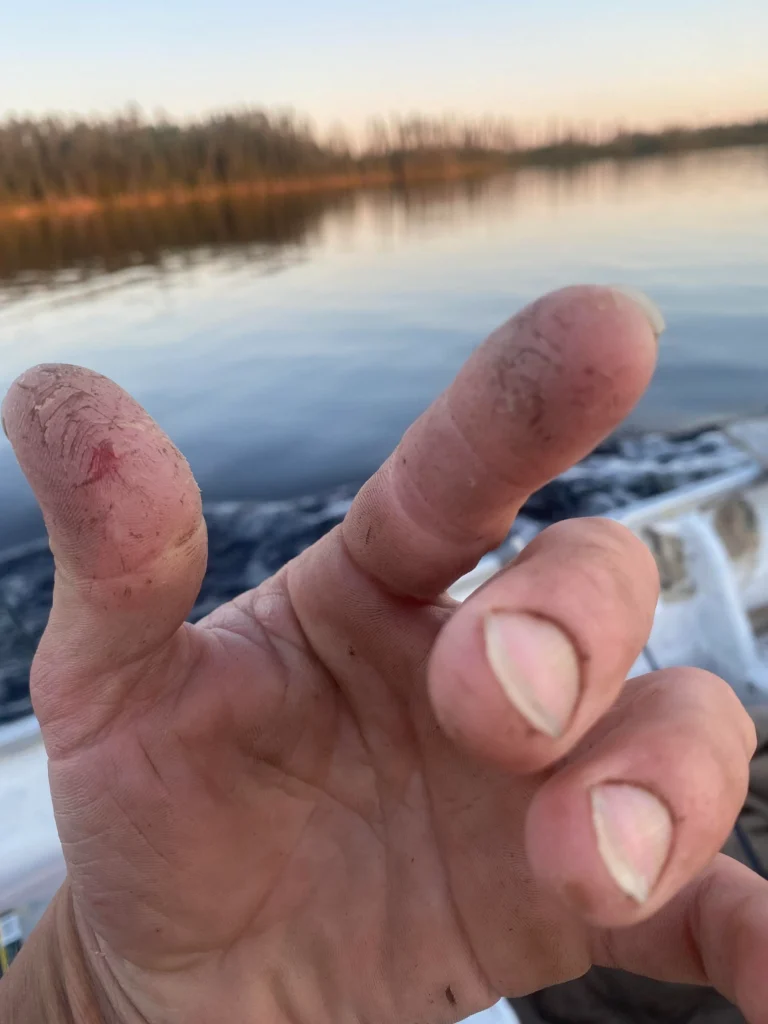Yes, bass have teeth. Their mouth is filled with sharp, needle-like teeth designed for catching and holding prey. Anglers should handle bass with caution and use appropriate tools to avoid injury, as the teeth can easily penetrate skin and cause painful bites.
You’ve likely seen pictures of anglers proudly holding a bass up for the camera with a satisfied smile of accomplishment. However, it’s natural to wonder whether or not these anglers can do this without injury. Bass do have teeth, but they are quite unlike most large ocean predators or freshwater species.
When it comes to fishing, it’s important to know the risk you incur when handling a predatory fish species and knowing what to do to avoid injury. It’s also essential to understand how to hold the fish in a way that doesn’t harm or damage its ability to swim if you plan to release it.
Doing your homework and researching everything you need to know about the species of fish you’re targeting should always be part of the planning process for any fishing trip. We’ve written this article to help explain a few things about bass and their teeth, as well as how to handle these fish after you’ve caught them properly.
Table of Contents
Largemouth Bass
Most fish are equipped with teeth to help them capture their prey and take care of several tasks they need to do to survive. Various ocean fish species have exceptionally sharp, pointed teeth, while others might have none. There are even some horrifying reports of anglers losing fingers and having their hands gashed open by the teeth of a large, dangerous predatory fish.
The upper and lower lips of a largemouth bass are equipped with small, needle-like teeth that are used to pierce the flesh of their prey and allow them to hold their grasp and successfully devour their meal.
Largemouth Bass have a reddish-colored patch on their maxillary jaw (upper lip) covered with hundreds of these small pointy teeth. These teeth might vary in length depending on certain strains of bass and there is some debate among biologists and anglers as to which specific type of bass variation have the largest, sharpest teeth.

The mandible or lower lip of a bass also has a row of teeth just inside the mouth. These patches of teeth are known as villiform teeth and curve slightly inward to help bass maintain their grip on prey after biting them. They often vary in length with the longest teeth being situated toward the center of the upper lip while the right and left sides of the lower lip usually have longer ones.
These teeth measure only a few millimeters in length, so they’re not long or large enough to do much damage on a human hand or finger. Bass teeth are, however, sizable enough to puncture and tear the outer layer of skin on your hands or fingers. The older a bass gets, the larger its teeth will grow, so you can usually expect the teeth of a trophy-sized bass to be a bit longer and sharper than smaller fish.
Smallmouth Bass
Smallmouth Bass have teeth similar to largemouth bass, which are small but sharp. They use them to catch their primary prey, crayfish. Be careful when handling Smallmouth Bass as they may cause minor abrasions if not held securely, as they are more active than largemouth bass.

Peacock Bass
The teeth of the Peacock Bass are notable for angling inwards towards the fish’s throat. They have a stronger jaw than other bass species. To prevent skin damage, it is common for anglers to use gloves or thumb protectors when handling Peacock Bass.
Striped Bass
Striped Bass can grow larger than largemouth and smallmouth bass, but their teeth are similar in formation. They are often said to be sharper. The teeth of Striped Bass are designed for holding prey, such as other fish, rather than tearing it apart.

Sea Bass
Even though sea bass are considered predatory fish, they do not have large, sharp, pointy teeth like many other predatory fish species. Instead, their teeth are small and relatively harmless. This is because their diet primarily consists of smaller fish and crustaceans that can easily be swallowed whole or with minimal chewing.
Spotted Bass
Spotted Bass can be distinguished from Largemouth Bass by the horizontal rows of small black spots on the lower side of their mouth in adult individuals. They also have a circular patch of teeth on the tongue.

Rock Bass
Rock Bass have tiny teeth that may be difficult to spot. Despite its small size, the fish is well-muscled. If handled carelessly or your grip is not tight enough, the fish can thrash around and cause tears in the skin of your thumb. Rock Bass poses the greatest risk to your thumb among most bass species.
Can You Get Hurt Holding a Bass?
If you’ve ever grabbed a bass by the mouth or put your finger into its mouth to feel the teeth, you will notice that the teeth have a very coarse, rough feel that is often described as being similar to sandpaper.
These teeth are not big enough to damage a person’s hands, but in some cases they can cut or tear open the skin enough to cause you quite a bit of discomfort. If the skin on your hands has been softened after being wet for a prolonged period, it’s usually more likely that a bass’ teeth might do some damage.
Some larger bass can actually tear the skin to a much greater degree if you’re not careful when holding them. If you’re holding a bass with the common thumb and forefinger grip (which we’ll explain in greater detail later), keep a firm grip and be careful not to let the fish thrash around too much as this is the most common cause of any cuts or abrasions related to holding a bass.
What is Bass Thumb?
Most anglers don’t always see this type of damage as bad. If you’ve ever done much bass fishing, you’ve probably developed the proverbial “bass thumb” after a particularly successful day on the water.
Bass thumb is a term that describes the slight tearing of your skin along the base of your thumb caused by holding lots of fish in a way that most anglers commonly grip them. If you have a great day on the water and catch loads of fish, showing off your bass thumb to your buddies is acceptable as a mark of success.
While this seemingly insignificant injury can be something that most anglers laugh about, it is always a good idea to take the necessary steps to ensure your thumb doesn’t get infected.
Use alcohol or hydrogen peroxide to sterilize the wound if the cuts are particularly deep. You can also add a topical antibiotic cream or jelly to help it heal faster. It’s also smart to cover the area with a bandaid for a day or two to allow it to properly heal.

How to Hold a Bass
It’s crucial that you take special care when handling a bass so you don’t cause it undue harm or stress, especially if you plan to release it. There are a few different ways that anglers typically hold bass and some are more commonly accepted than others.
Whichever method you use to hold the fish, be sure never to drop it on a hard surface as this can cause significant injury that often leads to death. This is because a fish’s body is designed to be in the water and it’s not equipped to handle hard, sudden impacts with solid surfaces.
Vertical Grip
The most common way anglers grip bass is with their thumb inside the mouth and their forefinger holding the fish’s lower lip. This is often referred to as a vertical grip or “lipping” the bass and by holding the fish at a slight angle, you can effectively paralyze it and prevent it from being able to move.
It’s important to note that doing this is not recommended as it can cause the fish quite a bit of harm if you’re too forceful and put unnecessary pressure on the jaw. If you choose this method, ensure you don’t overextend the fish’s lower jaw. You can ensure you lessen the likelihood of injuring the bass by holding your hand above the fish’s mouth rather than below it. 
Horizontal Grip
Biologists and most professional guides and anglers will agree that the best way to hold a bass is horizontally as this significantly lessens the pressure and stress you’re putting on the fish’s spine and body.
The horizontal grip involves using the same grip you use with the vertical as you should apply your thumb and forefinger on the lower lip to hold the head securely. Once you have a firm grasp on the lip, place your other hand under the fish near its tail and lift up the body so it’s horizontally oriented.
You’ll want to hold the fish’s body so that the tail is held in place and it cannot thrash around, but be sure that you aren’t gripping the fish too hard. The horizontal grip is essential for holding fish that are larger than 4 pounds as gripping them vertically will risk injuring their jaw due as it’s not able to adequately support the weight of its body.
If you are worried about handling bass then consider getting a lip gripper.

Conclusion
To answer the original question of ‘do bass have teeth,’ the answer is ‘yes’.
The key to properly handling fish and avoiding injury to yourself and to the bass is being gentle and methodical throughout the whole process from unhooking the fish to releasing it back into the water. Be sure to carefully place the fish back into the water and ensure it is not overly stressed or disoriented before fully letting it go.
Never throw a fish into the water from any height and pay special attention to how the fish reacts to being placed back into the water. Some bass—especially larger ones—might require extra attention to revive the fish so it can swim away. Don’t get in a hurry and remember that handling a bass correctly will result in the fish surviving and you or someone else being able to enjoy catching it again in the future.
